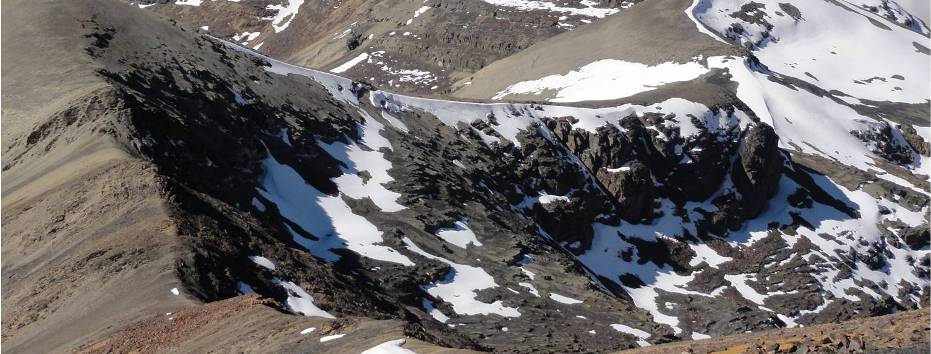 Within the last three decades the glaciers of the tropical Andes have receded by between nearly a third and a half, scientists say – with the warming of the Pacific to blame.
Within the last three decades the glaciers of the tropical Andes have receded by between nearly a third and a half, scientists say – with the warming of the Pacific to blame.LONDON, 9 April – The glaciers of the tropical Andes have shrunk by between 30 and 50% in 30 years and many will soon disappear altogether, cutting off the summer water supply for millions of people, according to scientists studying the region’s climate.
Their findings are particularly significant because glaciers in the tropics, 99% of which are in the Andes, are regarded as among the most sensitive indicators of climate change on the planet, according to the Intergovernmental Panel on Climate Change (IPCC).
In the Andes glaciers contribute to irrigation, hydroelectricity generation and water supply. For example, 15% of the water consumed in La Paz, the capital of Bolivia, comes from glaciers, a figure that doubles in the summer. The region, with 3.5 million people, is heavily dependent on melt water for its survival (and see our story of 25 January, Andean glaciers show record melting).
Many of the crops along hundreds of kilometres on the dry eastern slopes of the Andes rely on irrigation from glacier melt water in the summer.
The research covers 300 years of glacier history in South America. The glaciers reached their maximum extent during what is termed the Little Ice Age, between 1650 and 1730, when the world was colder. Rivers like the Thames in London and Seine in Paris froze over during some winters.
By studying rocky debris piled up during the Little Ice Age and then left behind as the glaciers retreated after 1750 the researchers have been able to chart their progress.
Rain replaces snow
Since then there has been a gradual decline in the length and mass of the glaciers, but this has accelerated dramatically during the last 30 years. Aerial photographs and satellite records have shown how quickly the area has changed.
Although the temperature in the region has increased by 0.7°C in this period, the warming is not thought to be the major cause of the retreat. Instead it is the warming of the Pacific Ocean since the 1970s that is the problem.
The influence of the warmer sea on the climate means that instead of snowing at higher altitudes in the tropical Andes, it frequently rains. As a result the snowpack has no opportunity to build up, leaving the glaciers bare and exposed to sunlight.
The study, published in the journal The Cryosphere, includes measurements and other work done by scientists in Bolivia, Peru, Ecuador and Colombia in collaboration with Albany University in the United States, Zurich University in Switzerland and Savoie University in France.
The glaciers cover 1,900 square kilometres, but many of them are not expected to survive the predicted increase in temperature of 4°C to 5°C by the end of this century. Some are already disappearing. The Chacaltaya glacier above La Paz disappeared in 2010.
Smaller glaciers (less than a square kilometer in size) are most vulnerable, and the lower the altitude the faster they are melting. At a height of 5,400 metres melting can be as high as 80 to 100% already, as in the case of the glacier above La Paz. Most glaciers at this altitude are expected to disappear in the next 10 to 15 years. –

